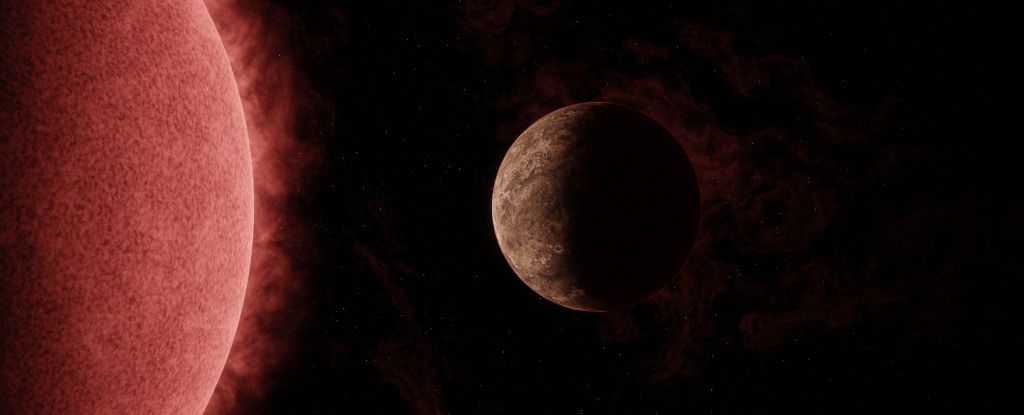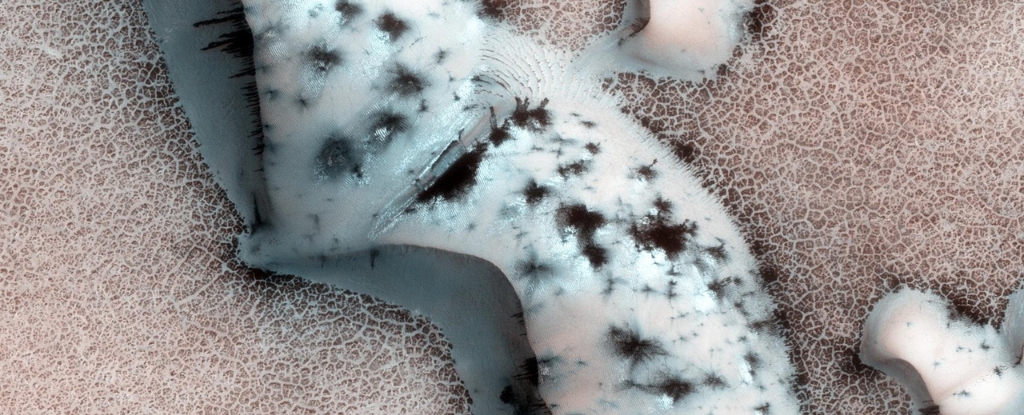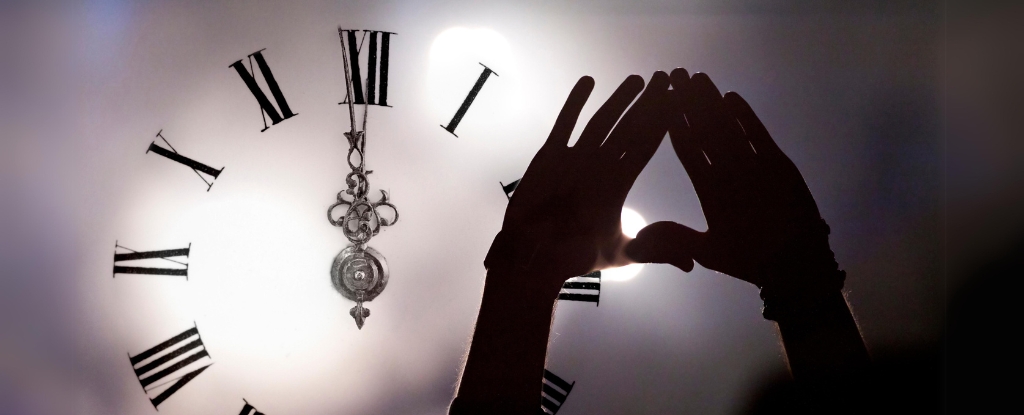Stars, like people, come in a dazzling array. There are stable yellow-white stars, like the Sun; there are ginormous, blazing, short-lived behemoths, and small, dim red dwarfs.
At the tiniest end of the range are ultracool dwarfs: just a little bigger than Jupiter, and barely warm at all, by star standards.
It’s around one of these little stellar pixies that astronomers have just found a brand new (to us) world: an Earth-sized exoplanet, in close orbit with an ultracool dwarf named SPECULOOS-3, located just 55 light-years from the Sun. The exoplanet, in keeping with naming conventions, is called SPECULOOS-3b.
“SPECULOOS-3b is practically the same size as our planet,” says astronomer Michaël Gillon of the University of Liège in Belgium.
Except a year on SPECULOOS-3b – one orbit around its star – lasts just 17 hours, and its days and nights should never end.
“We believe that the planet rotates synchronously, so that the same side, called the day side, always faces the star, just like the Moon does for the Earth,” Gillon explains. “On the other hand, the night side would be locked in endless darkness.”
Ultracool dwarfs, while far more numerous in the Milky Way than bigger stars, are somewhat challenging to study because they are so small, cool and dim.
These properties make them a bit harder to see, which is where the SPECULOOS project – aka the Search for habitable Planets EClipsing ULtra-cOOl Stars – enters the fray. It’s a network of telescopes working together specifically to search for Earth-like exoplanets orbiting tiny stars.
SPECULOOS-3b was detected using transits, very faint dips in the star’s light as the exoplanet passes in front of it. From these measurements, Gillon and his team were able to determine the presence and some of the physical properties of SPECULOOS-3b.
The star around which the exoplanet whirls is tiny, just 12.3 percent of the Sun’s radius (so a little bigger than Jupiter) and 10 percent of the Sun’s mass. It’s less than half the Sun’s temperature – and 1,000 times dimmer. Even as close as it is to us at just 55 light-years away, this tiny star is difficult to make out.
Yet we now know that SPECULOOS-3b, the exoplanet, has a radius just a little bit smaller than that of Earth. We don’t know its mass and therefore can’t draw any firm conclusions about its composition, but there are several reasons to believe that the world is a dense rocky one.
The first is its radius. A world as small as SPECULOOS-3b is unlikely to be a gaseous or icy one, according to our current understanding of planet formation and evolution. We may be wrong there, but there’s another factor at play: the star itself.

Ultracool dwarfs are often very active, erupting in frequent flares; the team’s observing campaign caught at least one. And the exoplanet is extremely close to the star. So even though SPECULOOS-3 is cool and dim, the exoplanet is constantly bathed in harsh radiation, almost 16 times the level Earth gets from the Sun. Add the flares and you have a recipe for bare rock.
So SPECULOOS-3b is unlikely to be habitable, even if it could retain an atmosphere. That’s not necessarily a bad thing for science.
“In such an environment, the presence of an atmosphere around the planet is highly unlikely,” says planetary scientist Julien de Wit of the Massachusetts Institute of Technology.
“The fact that this planet has no atmosphere could be a plus in several respects. For example, it could enable us to learn a great deal about ultra-cool dwarf stars, which in turn will make possible more in-depth studies of their potentially habitable planets.”
Other such stars that have been found sporting exoplanets – and even potentially habitable ones – include the famous TRAPPIST-1 system, discovered using the SPECULOOS prototype, and containing at least seven exoplanets.
The discovery of SPECULOOS-3b shows that the telescope network is admirably able to handle the task ahead.
Meanwhile, Gillon’s team hopes to use the mighty JWST to get more information about their weird, tiny world, including its mass, density, and even some hints about its mineral composition.
The team’s findings have been published in Nature Astronomy.





